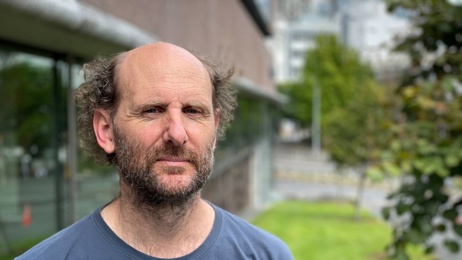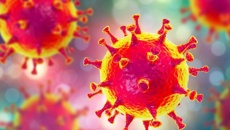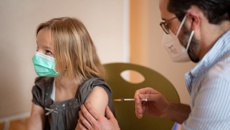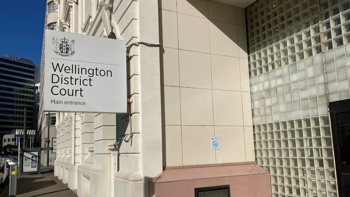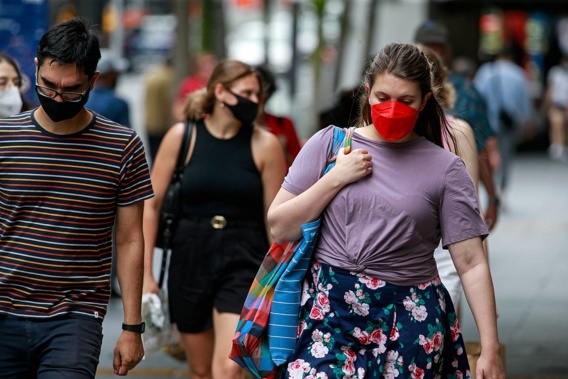
- 'It's no one's fault': Omicron-linked wedding venue calls for support for families involved
- 'Health workforce 'emergency': 1500 more hospital docs, 1400 GPs and 12,000 nurses needed
- New Omicron protocols could see whānau isolating for up to 24 days
- The common Omicron symptom that could be warning you're infected
- What we know about the three-staged approach to combat Omicron
- 'We are safe': Hospo hits back at claims bars and restaurants are high risk
- Cutting booster wait now could spare worse Omicron peak - expert
- Shift to Red: Business leaders frustrated as Robertson offers no new support
Health officials are searching for how Omicron got into the community as New Zealand returns to a more restrictive way of life aimed at preventing transmission.
From midnight, the country moved into the red traffic light setting in response to nine Covid cases in Motueka being confirmed as Omicron after visiting Auckland.
The connection between the nine cases and the border was not yet known, leading health officials to believe the highly transmissable variant was circulating in Auckland and potentially in the Nelson region.
Covid Response Minister Chris Hipkins said modelling suggested there could be "tens of thousands" of daily Omicron cases within weeks.
Asked if there were any new cases overnight, he said "undoubtedly" there would be.
Hipkins also confirmed that schools were being asked to continue with preparations for children to return.
Asked about the trajectory we are now on, he acknowledged we are now looking into a crystal ball.
"For everybody who gets it, there will be extra people who get it," Hipkins told Newstalk ZB's Tim Dower.
"It will start off slow and grow quickly."
Hipkins said the daily case numbers could potentially reach "tens of thousands" of daily cases.
On how our hospitals would be able to manage the influx of Omicron cases, Hipkins said "a lot of people" who will get the variant would be able to stay home.
He acknowledged that there were low numbers of people with Omicron in ICU across the Tasman and that we are prepared for that too.
"No country has not experienced pressure on the health system," Hipkins said.
However as the case numbers grow, our contact-tracing procedures will change too, Hipkins said.
Asked how it will change, he said the Government had done a lot of work over the summer about how that process will work.
The main message is that contact tracing will be different because we will be dealing with a bigger number of cases.
On rapid antigen tests, Hipkins said they will play a much bigger part as we deal with this new variant of Covid-19.
More Air NZ crew members show symptoms
Air New Zealand chief executive Greg Foran said some other crew members were already showing symptoms and he expected more cases.
The infected crew member who worked the Auckland to Nelson flight was double vaccinated, but he was unsure if they had received their booster shot.
He said the infected crew member was in "good shape and in good spirits". The positive result had been picked up as part of Air New Zealand's regular testing.
Air New Zealand had stood down a number of other crew members as well and some were symptomatic.
"This is going to move quite quickly and we do anticipate we will be dealing with quite a few more cases."
Foran said given a staff member caught Omicron even wearing a N95 mask, it was "just a very good signal of what we've got to deal with over the next 12 weeks".
Foran said Air NZ was probably the safest airline in the world to travel at the moment and they had a number of safety measures and protocols in place. He was confident the crew members on the flight with the nine positive Motueka cases did everything right.
He added that the airline was going to need some help and had been speaking with the Government about critical workers and stand-down times. He hoped to be provided with more clarity around this on Wednesday.
Omicron could infect half of NZ: expert
Omicron could infect half of all New Zealanders within a few a months, says a leading data modeller.
Covid-19 data modeller Michael Plank said, once it gathered momentum, it could spread very quickly.
"It's certainly possible that once an Omicron outbreak really gets going that we could see a significant proportion of the New Zealand population get infected - it could be up to half," he told RNZ.
That could take about four months from when cases started to rise exponentially, with a potential peak after eight weeks, and more people infected on the way down.
But he stressed the figure of 50 per cent was not set in stone.
There was a lot of uncertainly about how the virus behaved because it had only been on the world scene for about eight weeks - and public health measures could have a big impact on the outcome, he said.
"The actions we take now and over the coming weeks could reduce the number of people who get infected and it could be a significantly lower proportion," he said.
The Prime Minister said the Government was planning for scenarios of up to 50,000 cases a day to make sure it was well prepared, but stressed it was not based on modelling.
Auckland's three district health boards were predicting a 1800 cases a day for the city at the outbreak peak, expecting to see that in March.
Yesterday's announcement of the red-light setting came with a plea from Prime Minister Jacinda Ardern to the unvaccinated to get their first dose, and to the vaccinated to get boosted, with just 55 per cent of eligible Kiwis having taken up the booster jab.
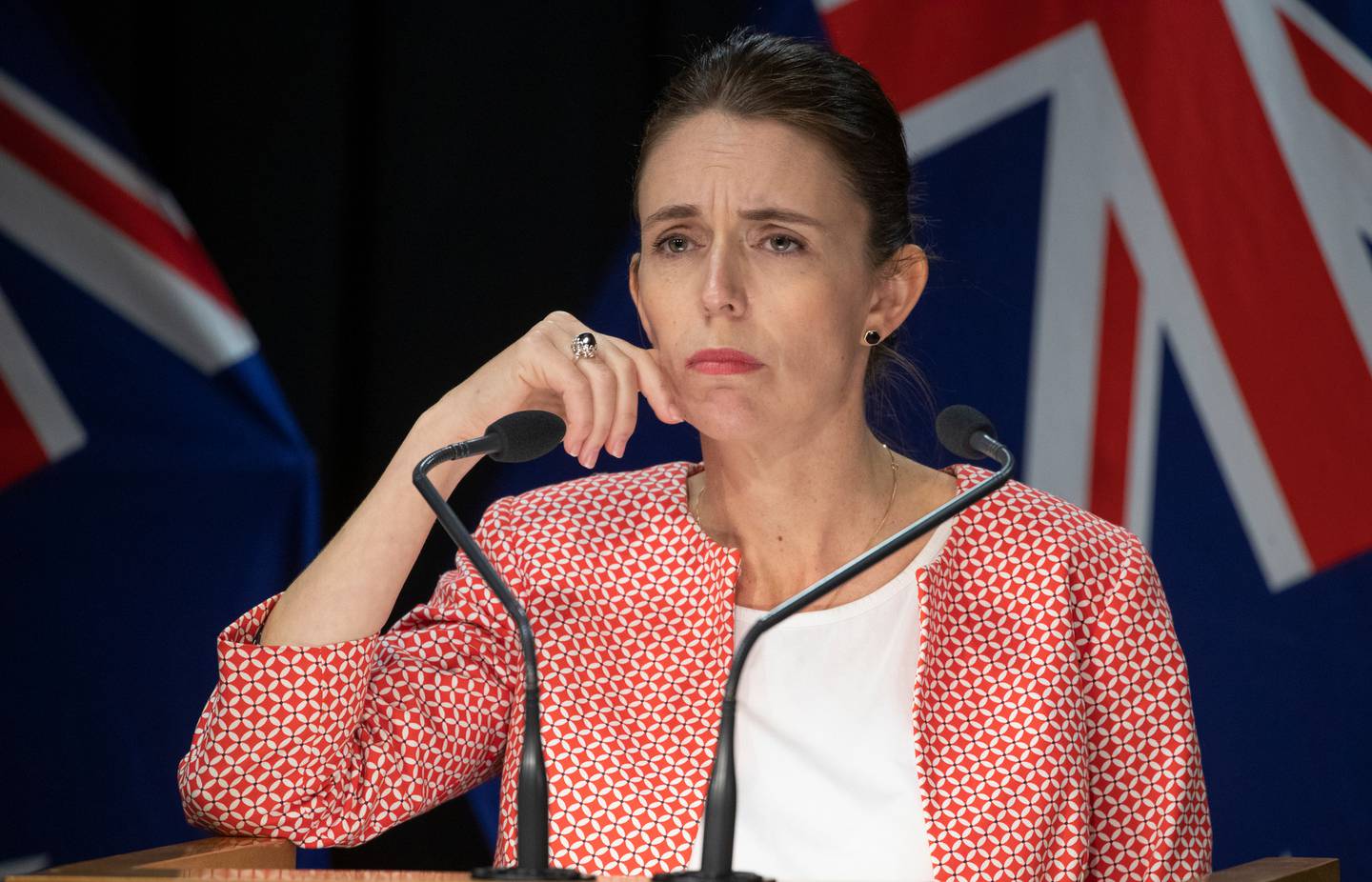
Prime Minister Jacinda Ardern. Photo / Mark Mitchell
The Motueka cases attended a wedding in Auckland on the weekend of January 15, along with a funeral, an amusement park and the Sky Tower in the following days - events which had well over 100 people present.
Auckland Airport's domestic terminal and a rest home in Flat Bush have been added to a growing list of locations of interest, including three sites in the Nelson region.
A fully vaccinated staffer at the Summerset by the Park retirement village, associated with the Motueka cases, had tested positive - closing the facility to visitors and prompting widespread testing.
It followed news of an Air New Zealand staffer who caught the virus after travelling on one of several flights taken by the Motueka cases.
Holidaymakers now stuck in Nelson, Tasman
Nelson mayor Rachel Reese said she had confidence in the health system and the chief medical officer was making sure they had everything in place including testing stations and vaccinations.
She told RNZ they had some work to do with iwi partners to try and boost vaccination rates in the Māori population.
Tasman mayor Tim King said they were pretty well prepared and people knew Omicron was likely to enter the community.
"I'm confident the planning is in place and that's to be continued to be worked on over the next week or 10 days as we see how this develops."
Planning is in place for holidaymakers stuck in both Tasman and Nelson who needed to isolate or anyone who couldn't isolate at home.
Nelson City Council was unable to run its major concert Opera in the Park where up to 10,000 people were expected to attend and moving to the red traffic light would impact it financially, Reese said.
King said labour shortages were going to be a massive challenge going forward as more and more people self-isolated and were unavailable for work.
NZ in red for 'some weeks' - PM
Ardern, speaking at an unscheduled press conference in Wellington yesterday, predicted the country could stay in red for "some weeks", with much still unknown about the highly transmissible variant's spread to date.
"We have judged that the risk of undetected transmission is considered to be high," director general of Health Dr Ashley Bloomfield added.
The shift to red comes only 24 days after Auckland moved to the orange setting, which enabled unlimited gathering sizes for the vaccinated.
The pain would be felt more keenly by Northlanders, having only spent 48 hours in orange after lagging vaccination levels left them in red until last week.
Ardern said the Government's three-phase plan for Omicron would be detailed on Wednesday.
Previewing the plan, Ardern said phase 1 - used when the country registered up to 1000 daily cases - would consist of similar isolation and contact tracing mechanisms used for Delta, with the integration of tools including rapid antigen testing.
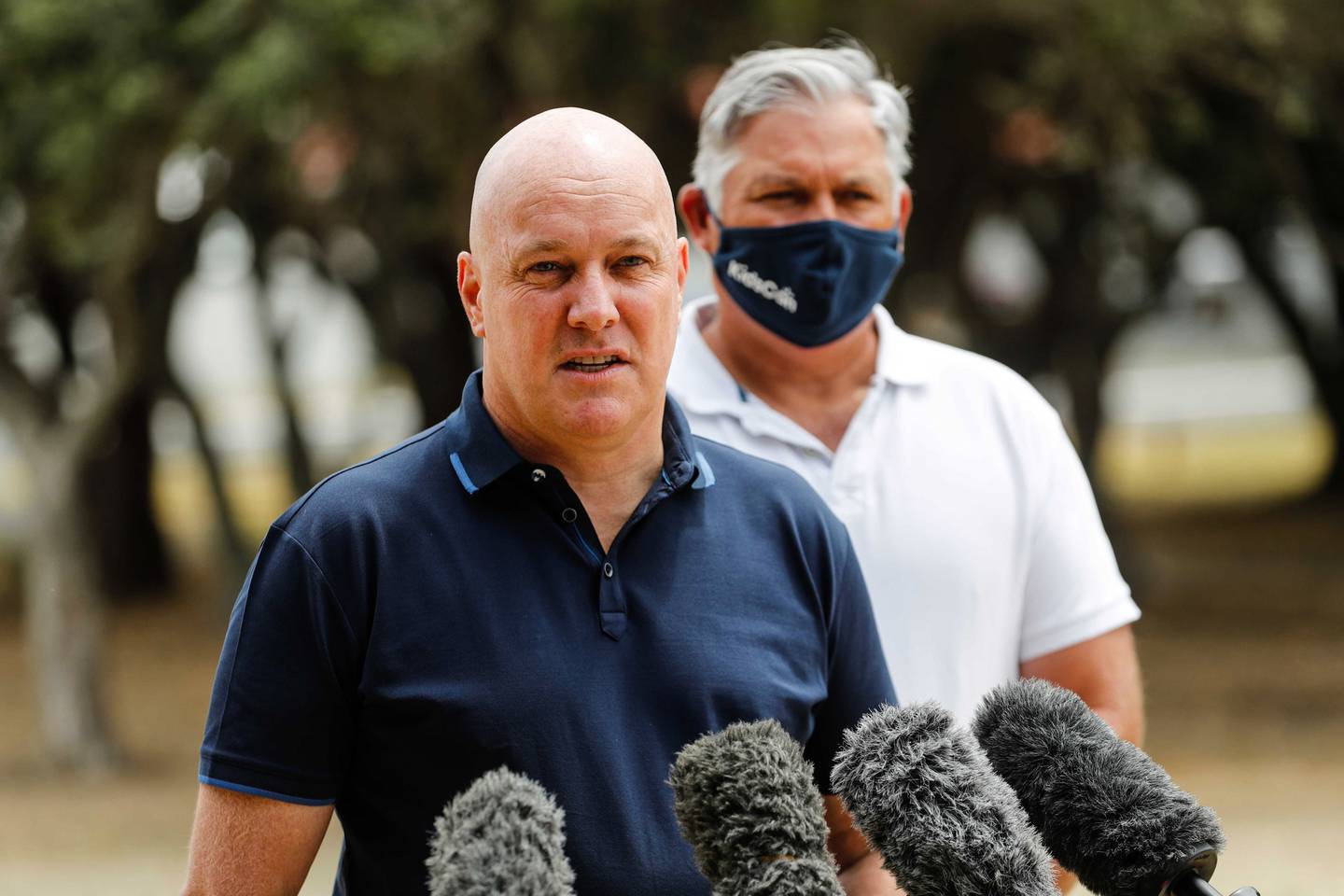
National Party leader Chris Luxon. Photo / Dean Purcell
In phase 2, the focus would be on identifying those who were at greater risk of severe illness from Omicron.
The third phase, enacted when New Zealand saw thousands of daily cases, would see changes to contact tracing, the definition of contacts, and isolation requirements.
Some business leaders weren't happy with the delay of more detail and requested clarity.
"It's not particularly clear who should be isolated and when and the fact there will be announcements in three stages is disappointing," Business NZ chief executive Kirk Hope said.
Businesses and the self-employed would be able to access existing support, including the $359 per week per worker short-term absence payments and Leave Support Scheme ($600 per week for full-timers, $359 per week for part-timers), and that Inland Revenue, at the IRD Commissioner's discretion, would continue to offer leeway to businesses hit by the pandemic.
Some health experts felt the Government's move to red hadn't gone far enough, including infectious diseases expert Siouxsie Wiles.
While limits under red would reduce the number of people that can be in one place, Wiles said airborne spread still posed a high risk, particularly at hospitality venues – even with some masking and social distancing requirements in place.
"It's still high risk if you're in an indoor environment where people are not wearing masks ... we have seen large numbers of reports of transmission in places like that," she said.
"What it means is that everyone is going to have to be making judgments on both the level of risk, but also potentially how serious that might be for them and their family – especially if they have a family member who is immuno-compromised in some way."
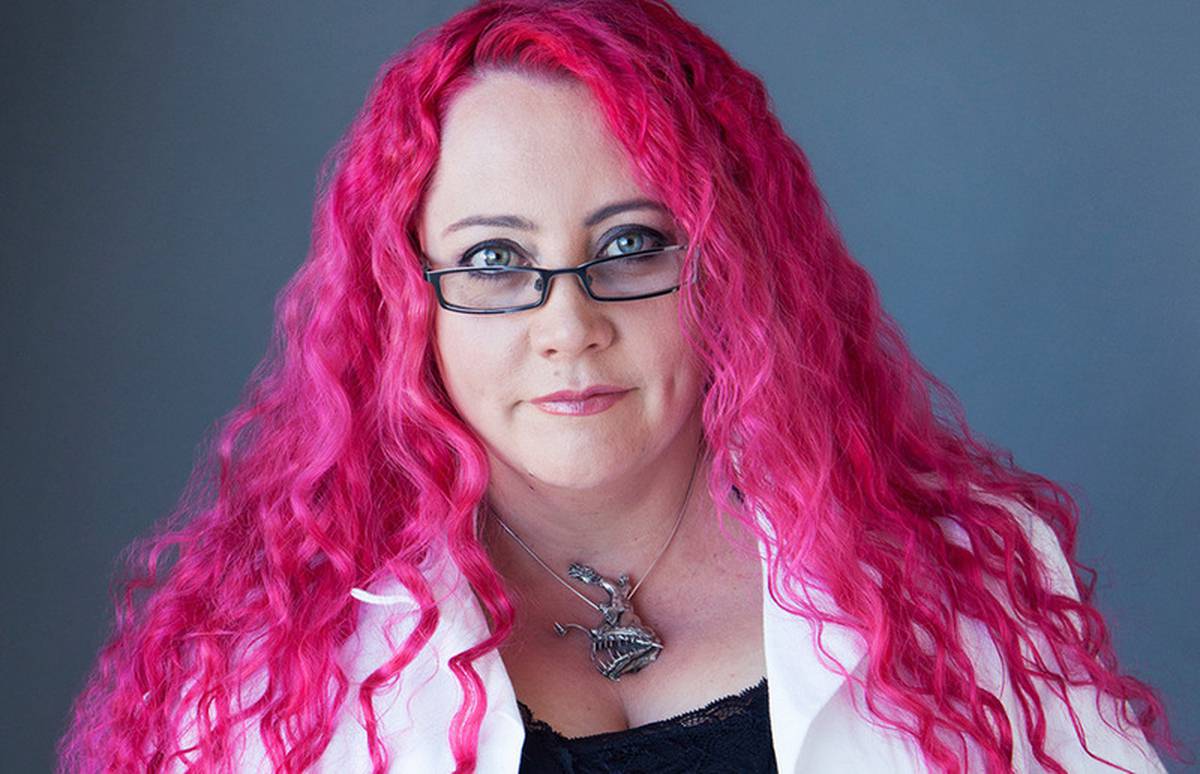
Infectious diseases expert Dr Siouxsie Wiles. Photo / NZME
She would have preferred to have seen a system in place, such as click and collect, that meant those venues didn't pose a high transmission risk.
National Party leader Chris Luxon took aim at the Government, criticising what he considered to be a poorly planned response to Omicron.
"We've been slow on rollout, we've been slow on vaccine boosters," Luxon said.
"We've been slow on ICU beds," he added.
Luxon said rapid antigen tests were needed urgently, and the country currently had fewer than one such testing kit per person in New Zealand. - Additional reporting, RNZ
Take your Radio, Podcasts and Music with you



